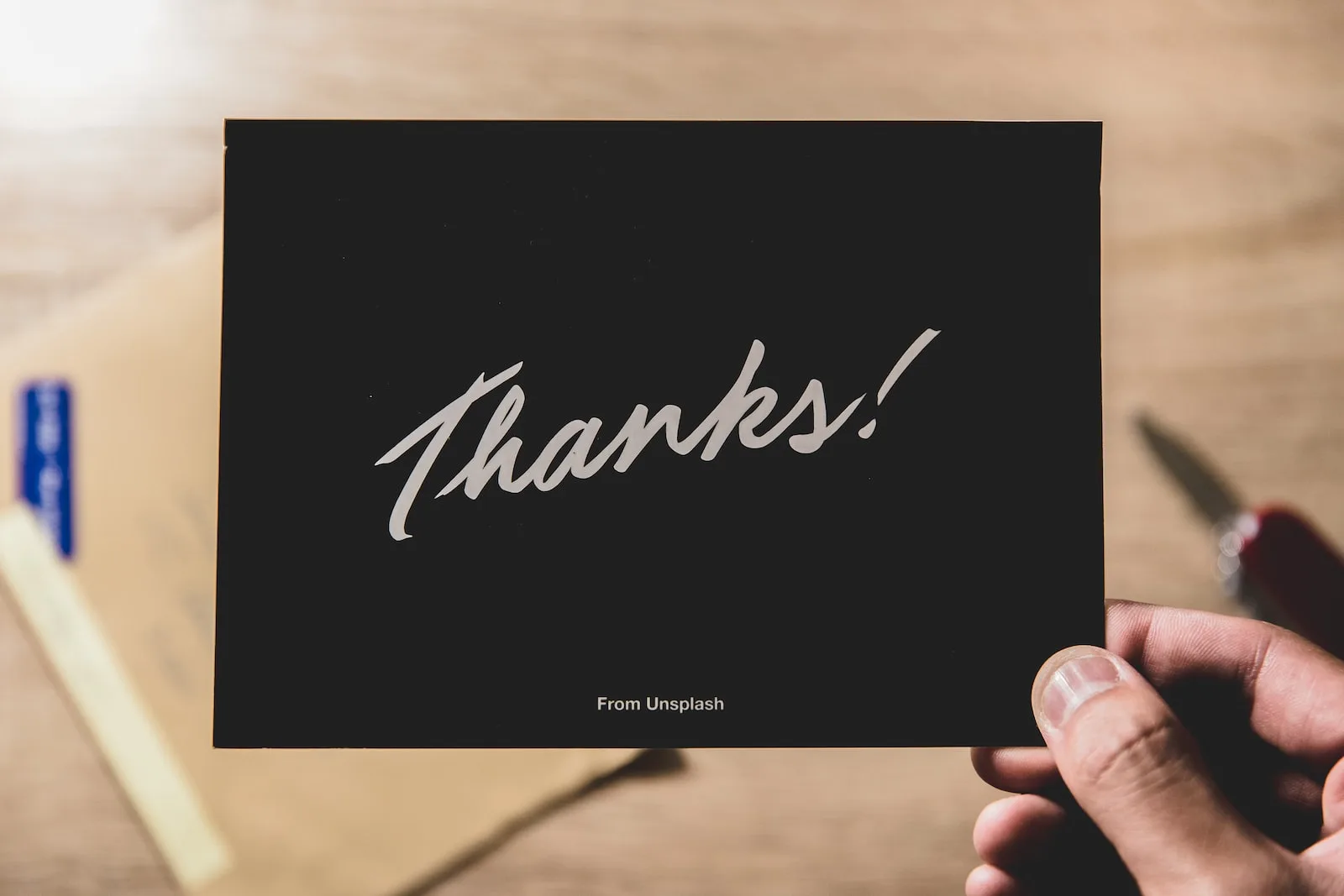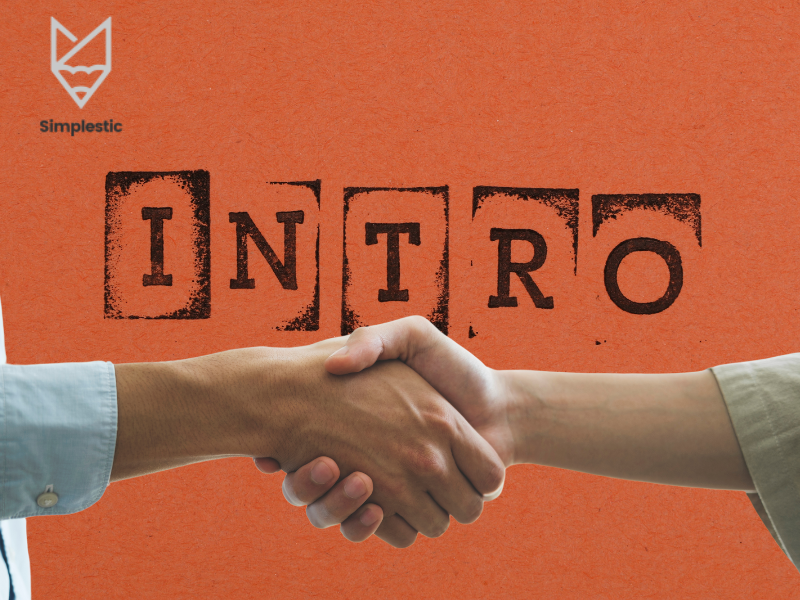Introduction
I have a confession to make: I’m terrible at writing emails. And if you’re like me and you’re a writer or marketer, it’s likely that your inbox is filled with poorly written messages. With so many emails flying back and forth between companies and their customers (or prospective customers), it is essential that they be clear and easy to read.
Opening
When you’re writing an email template, the opening should include:
- Your name and title (if appropriate)
- The name of your company. If this is a personal account, use “I.” If it’s an official business account, use “we” or “our.”
- A brief description of what you want from the recipient. This could be anything from a quote to an article to help with a project that needs attention now or later down the road. Be specific! For example: “Our team was able to complete our project on time thanks in large part due to your help during our last meeting.” Don’t say something vague like “We appreciate all you do!” It will come off as insincere and ineffective.
Do:
- Use a friendly tone.
- Be clear and concise.
- Use a conversational tone.
- Be polite and respectful, even when you’re writing about something negative (like an invoice).
- Use proper grammar and spelling (or proofread carefully).
- Be positive—don’t start off by saying how hard it was to get the job done or how much time it took you to do so; instead, focus on what went well!
Don’t:
Don’t:
- Write long emails. It’s not unusual to find an email in your inbox that is two or three pages long, and while it may be enticing to read on, most people won’t. This can make it more difficult for them to open and read your message quickly, which makes them less likely to respond at all. Instead of writing a long email with lots of details about the project you’re working on (and maybe even attaching documents), take advantage of the fact that there are many ways for you as an author/designer/etc., such as sending someone a link via email or sending an attachment through chat software like Slack or Skype (if applicable).
- Use jargon instead of plain English; this includes using acronyms when talking about technical terms related directly with what you’re trying to communicate—in other words “I will not use these types of abbreviations when communicating with clients”—and no matter how much fun our favorite brands might make us feel by introducing new products into existence within their respective industries via clever naming conventions which include popular slang terms (i.e., “Trolls”), there’s really no need for this kind of thing when communicating efficiently with others!
Body
The body of your email should be between 2 and 5 paragraphs. It’s important that your reader can easily find the information you want them to read, so it’s best to keep the text short and simple.
Bullet points can be used in place of paragraphs, but don’t make them look like they were written by a robot! Use bolding and italics (or underlines) sparingly so that your reader knows which points mean something special. Headings help break up long blocks of text, but don’t overdo it; try using only one heading per paragraph if you need extra spacing between sections within an email.”
Closing
When it comes to closing, you have a few options. The first thing is to be concise and clear. You don’t want your reader to have to wade through an essay that includes too much information or doesn’t give them what they need in the way of actionable steps. A good closing should include a signature block (see example below), with a call-to-action—either written directly at this point or tucked away in another paragraph—that will help guide their next move if they feel like signing up for more emails from you.
Another option is simply using the phrase “Thank you!” but only once so as not to sound like spammy marketing copy; instead use it as often as possible throughout the email so that it becomes embedded into people’s minds over time! This also helps keep things friendly and informal while still maintaining professionalism: think about how many times someone says “thank you” after ordering something online without even realizing they said so often enough until now?
Nothing is more difficult than writing an effective email.
The most common form of communication is email. It’s the most effective way to communicate with a large number of people, but it can be difficult to get right. If you want your emails to be effective and catch someone’s attention, then you need to follow these tips:
- Be concise and clear
- Don’t assume they know what they’re talking about (this doesn’t apply just to emails)
- Don’t assume anything about their situation or personality
Conclusion
This is a quick, easy way to get started with writing effective emails. Use the templates to create an opening and closing, or just get ideas from them and use them as a guide. You can also use these templates to write your own email messages.








